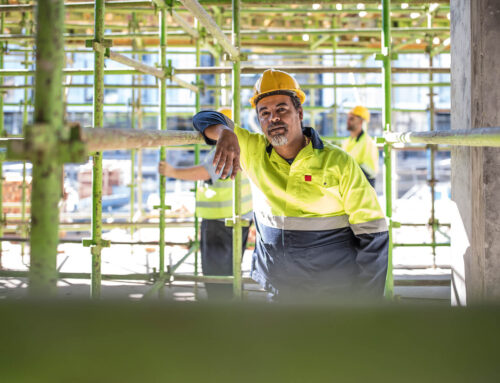If you’ve been injured at your construction job in New York, you may be entitled to substantial compensation. To make that happen, though, you’ll need to be sure of several things. You need to be sure that yours is the kind of accident that is covered by the New York statutes that protect construction workers, that your lawsuit seeks compensation under the correct statute and that the people and/or entities that you sue are ones identified by New York law as potentially liable.
What that means, in plain English, is that you may have the pieces of a winning case and still fail if you don’t complete all the legal procedural steps correctly. This is just one more (of the many) reasons why you need to be sure you have an experienced New York City construction accident attorney on your side from the very beginning.
So, what are we mean by completing “all the legal procedural steps correctly?” A recent case involving a Brooklyn accident is a good example. C.R. was a worker doing plumbing work at a high school. C.R. was injured when he fell from a scaffold. He was wearing neither a harness nor a lanyard at the time of the accident.
C.R. wisely asserted claims under not one but two statutes – Section 200 of the Labor Law and Section 240(1) of the Labor Law. The latter of those two allows workers to collect compensation from certain defendants if they’re hurt as a result of a lack of adequate protection against “elevation-related” risks. Under this statute, both the general contractor on your project and the owner of the construction site have legal obligations to ensure that all workers have the adequate safety protections they need to do their jobs.
Section 200 makes an entity possibly liable if it failed to take reasonable steps to ensure that the workers at workplaces under its control were sufficiently safe. Pursuing a claim like this can be more complicated because success may require added proof, as you have to show that the defendant you named “had the authority to supervise or control the performance of the work.”
In C.R.’s case, he sued the high school. His claim against the high school asserted that the school was the owner of the property but that it did not provide him with the proper safety protections to guard against elevation-related risks – as shown by his not having a lanyard or a harness. That was enough for his Section 240(1) claim.
He was also able to proceed to trial on his Section 200 claim because he had the extra proof he needed to support that claim. A representative for the school testified that “he and his site superintendent would ‘urge’ any of the subcontractors to comply with safety regulations if they ‘felt something was wrong.’” That was enough to allow C.R. to go to trial and argue that the school had the power to “supervise or control the performance” of the plumbing work.
Before you can obtain an award of damages, you must first win your trial. Before you can win your trial, you must first defeat your opponents’ requests for summary judgment. Each step requires the right arguments and the right proof. To make sure you are proceeding through each step as effectively as possible, retain the experienced New York City construction accident attorneys at Arcia & Associates. Our team has many years of handling a wide variety of construction injury cases and are ready to get to work for you.
Contact us at 718-424-2222 to find out how we can help you.











